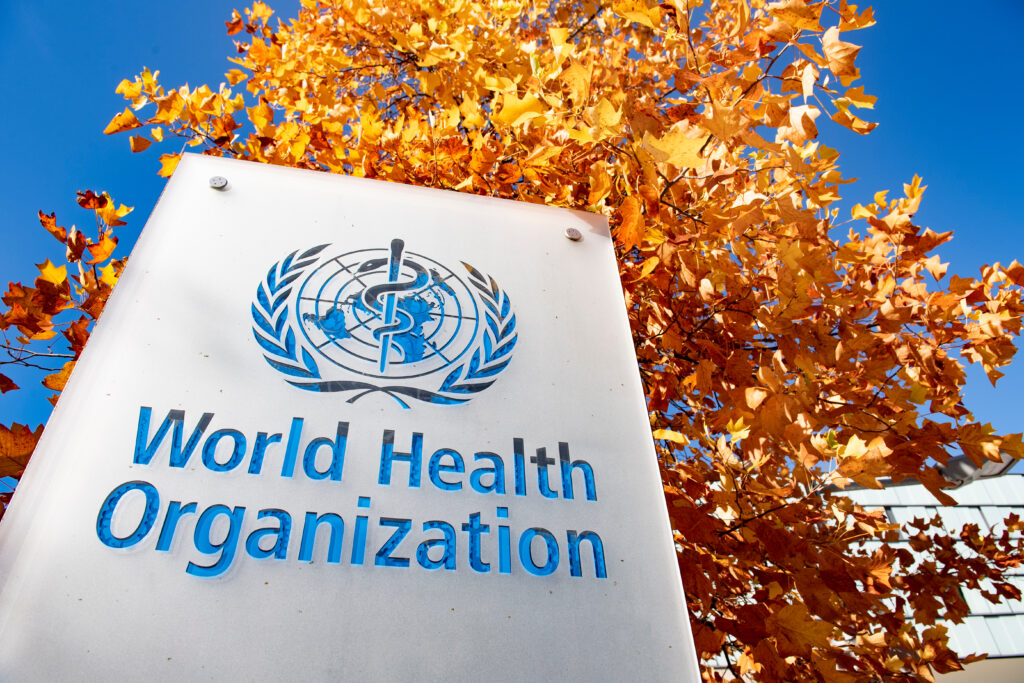The World Health Organization’s announcement that COVID-19 is no longer a global health emergency has caused some confusion over what that means for the state of the pandemic.
Ever since life turned on its head in early 2020, the world has been waiting for the day when the coronavirus disease 2019 (COVID-19) pandemic will be declared “over”. The World Health Organization recently announced that COVID-19 is no longer an emergency. Does that mean that day has finally come?
The answer is no, unfortunately not, experts say.
The WHO statement recognises the progress the world has made.
“The world has made significant and impressive global progress since the declaration of the PHEIC (public health emergency of international concern)in January 2020. Reaching the point where COVID-19 can be considered as no longer constituting a PHEIC should be seen as accolade to international coordination and commitment to global health,” they wrote.

However, infectious disease researcher and Director and CEO of the Burnet Institute, Professor Brendan Crabb, emphasises that the statement doesn’t end there.
“Paradoxically, the rest of the piece talks about not just how impactful the pandemic has been … but that it’s ongoing with a death every three minutes,” he told InSight+.
The fact is, an emergency response wasn’t working anymore and many countries, including Australia, weren’t treating it like an emergency.
“WHO has said we’re going to try a different way. In no way, shape, or form can that be read as ‘we haven’t got a problem anymore’,” he confirmed.
Inaugural chair in Epidemiology at Deakin University, Professor Catherine Bennett agreed.
“It’s not saying it’s gone away; it’s saying that it’s here to stay. And that is not minimising it, that is actually saying this is an ongoing problem.
“We have to put in sustainable measures that allow us to adapt to the new human pathogen in a way that we best manage it from a population health point of view,” she said.
What now?
The question is, how will COVID-19 be managed?
In the past few weeks, the United States Centers for Disease Control and Prevention (CDC) released new guidelines for protecting children from COVID-19, the flu and other respiratory illnesses and improving ventilation in buildings. According to Professor Crabb, both are out of step with current guidance from the Australian and state governments.
“I think we’ve got ourselves in a deep hole in some respects, especially regarding kids. Our strategy here is out of kilter with the US. And it has been for quite some time. And that gap between what we’re doing here and what we think is important for COVID-19 and kids has widened in the last few days,” he said.
The US CDC guidelines include recommending all children aged six months and above be vaccinated for COVID-19. However, in Australia, vaccination is recommended only for children 6 months to 5 years old if they’re severely immunocompromised or have a disability.
“Effectively, our policy is we think it’s better for you to get infected than vaccinated, which I find extraordinary. Since when is it better to get exposed to a pathogen for the first time you see an antigen, (rather) than a proven and safe vaccine?” Professor Crabb asked.
The US CDC guidelines also suggest considering children aged two years and above to wear masks at school.
“There’s a talk about the seriousness of COVID-19 in kids in that statement and an explanation why. We don’t say that,” he said.
The US CDC’s ventilation statement is similarly explicit.
Recommendations include aiming for five or more air changes per hour of clean air to rooms in buildings.
“You can use a layered approach that combines ventilation strategies with other infection prevention and control measures. With each added layer of protection, the risk of exposure to respiratory viruses decreases,” the fact sheet said.
“If you’re not doing that, according to the US CDC, you’re not providing the safest environment you can for people who are in that building,” Professor Crabb said.
The plans for Australia
Can Australia expect to see similar recommendations?
“I see us heading in that direction. The Clean Air Forum was held in federal Parliament, hosted by MPs, and got really good coverage,” Professor Crabb said.
There was also the long COVID inquiry.
“A very detailed, thoughtful inquiry, with a lot of input from a lot of different groups put together over six months. And they have released their findings with some wonderful recommendations,” he continued.
As for the future, Professor Bennett hopes the new Australian Centre for Disease Control (Australian CDC) will play a big role in disseminating COVID-19 information.
“There’s still a large public appetite for evidence, people want to know the facts … And I think that’s going to be one of the big jobs for the new Centre for Disease Control,” she said.
She also hopes the Australian CDC will do more work in risk communication so people can make informed decisions for themselves.
“You just want to present facts in a way that respects the public understanding and interest in us, rather than being patronising or extremist just to try to make your point. You’ve got to approach this communication in a different way,” she said.
However, in order for people to make these decisions, they need information based on data. Both experts agree more work needs to be done.
“Some of the things that are talked about in terms of management aren’t supported by data anymore. And we need to do that work, rather than just saying ‘we should be doing this’. Say ‘what’s the evidence?’,” Professor Bennett said.
Professor Crabb agreed data can be scarce.
“We’re in this paradoxical space where basically a public health issue is left up to personal responsibility … Even if you accept that data by which we can decide about our own health, our kid’s health, our parent’s health and those of our elderly relatives, data is getting thinner and harder to come by and less in real time,” he said.
Professor Bennett hopes we can reopen the scientific debate.
“Science is about different understandings of evidence or different views and different levels of areas of expertise. That should be a healthy conversation … It’s still actually happening in the main, but it’s not visible to the public. And I think that’s something we need to bring back.
“That is what will take our science ahead and build us towards not just managing this condition on an ongoing basis, but also about pandemic preparedness and prevention. We need to learn as much as we can out of the natural experiment that we’ve been through in the last three years,” she concluded.
Subscribe to the free InSight+ weekly newsletter here. It is available to all readers, not just registered medical practitioners.

 more_vert
more_vert